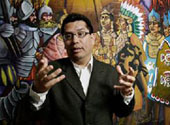 Lopez is 55 years old and lives in Mexico. Her older sister is dying of cancer here in the United States. Her request for a humanitarian visa to cross the border was denied at the US Consulate in Tijuana. Local immigrant rights activist Juan Jose Gutierrez held a press conference today at the Federal Building in downtown LA to bring attention to Lopez’s plight. When asked why her visa request was turned down, he said, “They never tell you what’s insufficient. They simply tell you that whatever evidence in this case she presented, in the judgement of the adjudicator—the consular officer—was insufficient”.
Lopez is 55 years old and lives in Mexico. Her older sister is dying of cancer here in the United States. Her request for a humanitarian visa to cross the border was denied at the US Consulate in Tijuana. Local immigrant rights activist Juan Jose Gutierrez held a press conference today at the Federal Building in downtown LA to bring attention to Lopez’s plight. When asked why her visa request was turned down, he said, “They never tell you what’s insufficient. They simply tell you that whatever evidence in this case she presented, in the judgement of the adjudicator—the consular officer—was insufficient”.
Lopez took letters from doctors proving that her sister is dying. She brought papers proving she owns a home in Mexico. She even brought papers from a Mexican doctor stating that her own son, 23 years old, is also dying of cancer, and that she would return to Mexico quickly to take care of him. It still wasn’t enough.
Local immigration attorney Paul Cass explained what the consulate might be looking for:
“…the Department of State—which runs the consulates and immigration service—is that all persons seeking to enter the United States are deemed to be intending to immigrate unless they can satisfy the appropriate officials that they don’t intend to immigrate… the rule of thumb is they have to show substantial ties to their home country such that they are more likely to return after a brief stay”.
Cass says if Lopez isn’t employed, that could be a red flag to the State Department.
Gutierrez says Congressman Howard Berman is looking into the matter. Although the laws may be complicated, “…and yet, something as simple as allowing a frail, elderly woman to come and say goodbye to her dying sister—it’s impossible to resolve”.
Perhaps congressional pressure will bring the two sisters together one last time.









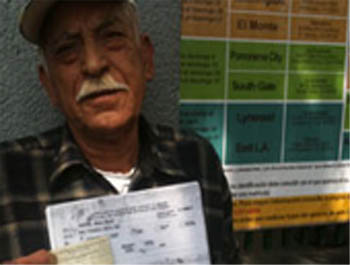 Miguel Bermudez, who is in his 70s, is one of hundreds of thousands of people who were part of the Bracero Program that allowed Mexicans to work in the United States. As part of that arrangement, a portion of the pay was withheld and was to be returned later.
Miguel Bermudez, who is in his 70s, is one of hundreds of thousands of people who were part of the Bracero Program that allowed Mexicans to work in the United States. As part of that arrangement, a portion of the pay was withheld and was to be returned later.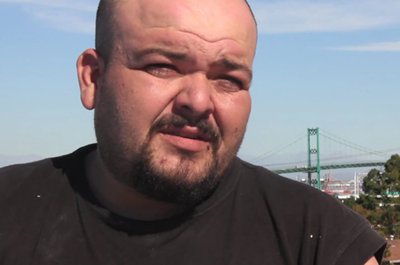 Carlos Garcia of West Covina became a citizen in 2008 right before the presidential elections. He believes voting is the most important privilege new citizens receive.
Carlos Garcia of West Covina became a citizen in 2008 right before the presidential elections. He believes voting is the most important privilege new citizens receive.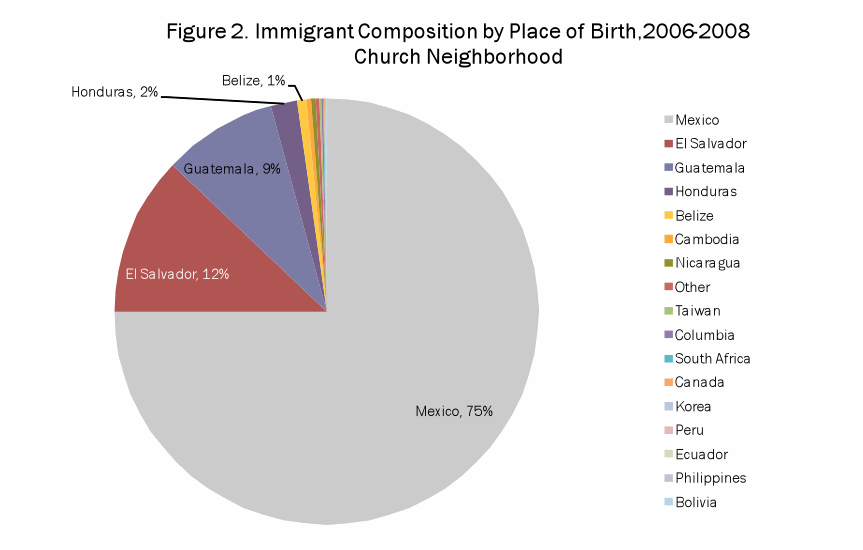
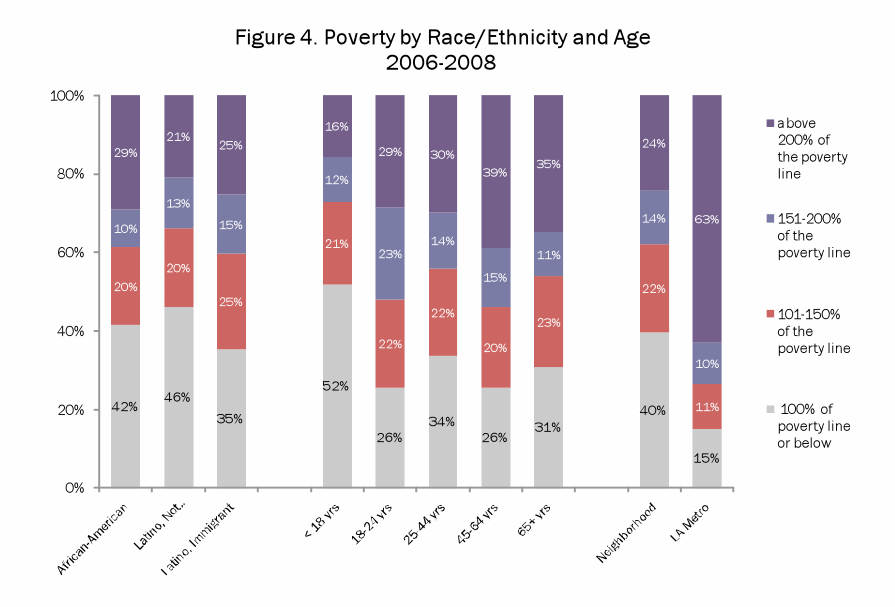
 Jamiel Shaw was a 17-year-old Los Angeles High School student and football player who was shot and killed by gang members on March 2, 2008. Undocumented immigrant Pedro Espinoza, 19, was arrested and charged with Shaw’s murder. He is currently awaiting trial.
Jamiel Shaw was a 17-year-old Los Angeles High School student and football player who was shot and killed by gang members on March 2, 2008. Undocumented immigrant Pedro Espinoza, 19, was arrested and charged with Shaw’s murder. He is currently awaiting trial.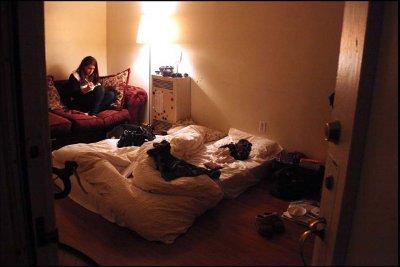 A strange project is underway and I’m still not sure how I feel about it.
A strange project is underway and I’m still not sure how I feel about it.




